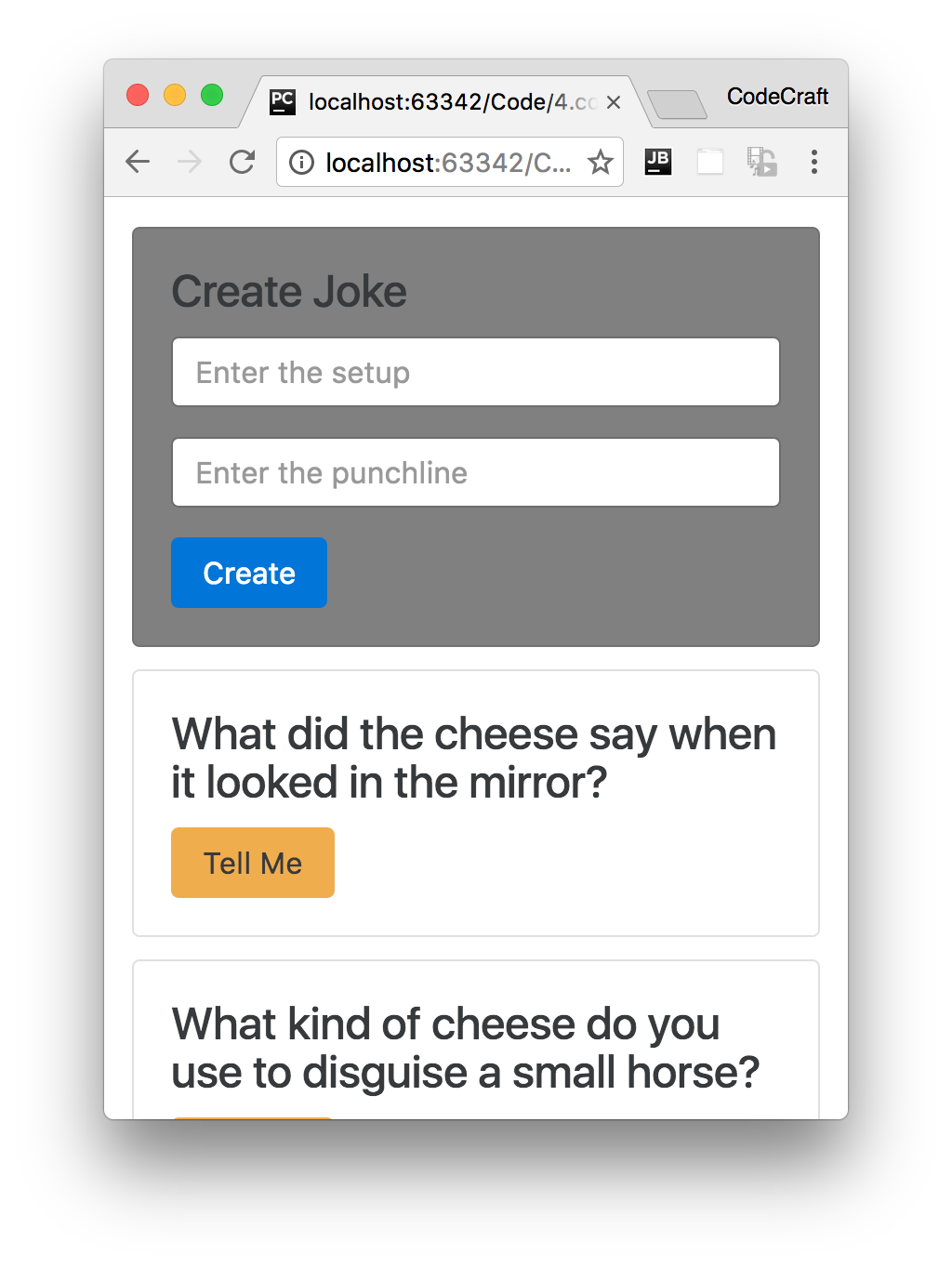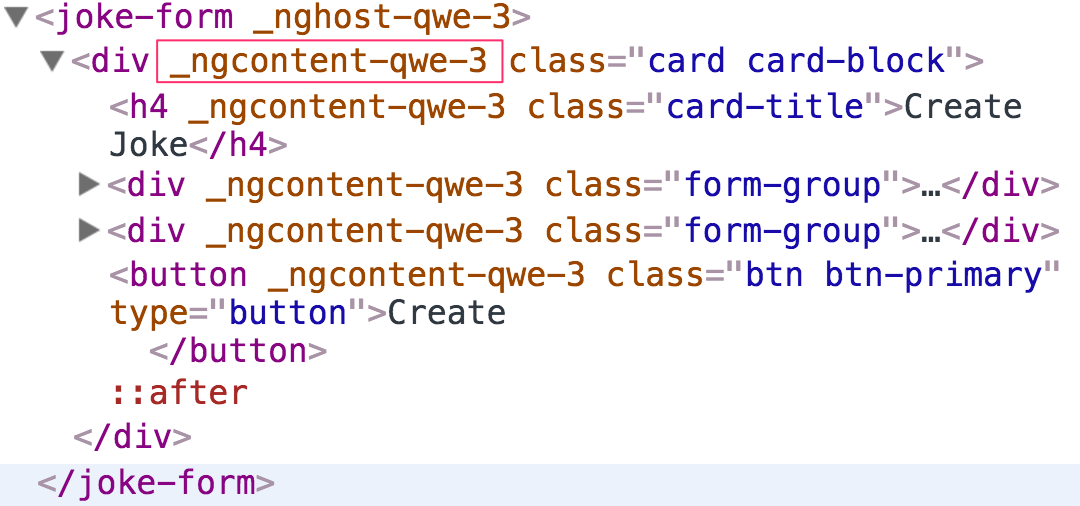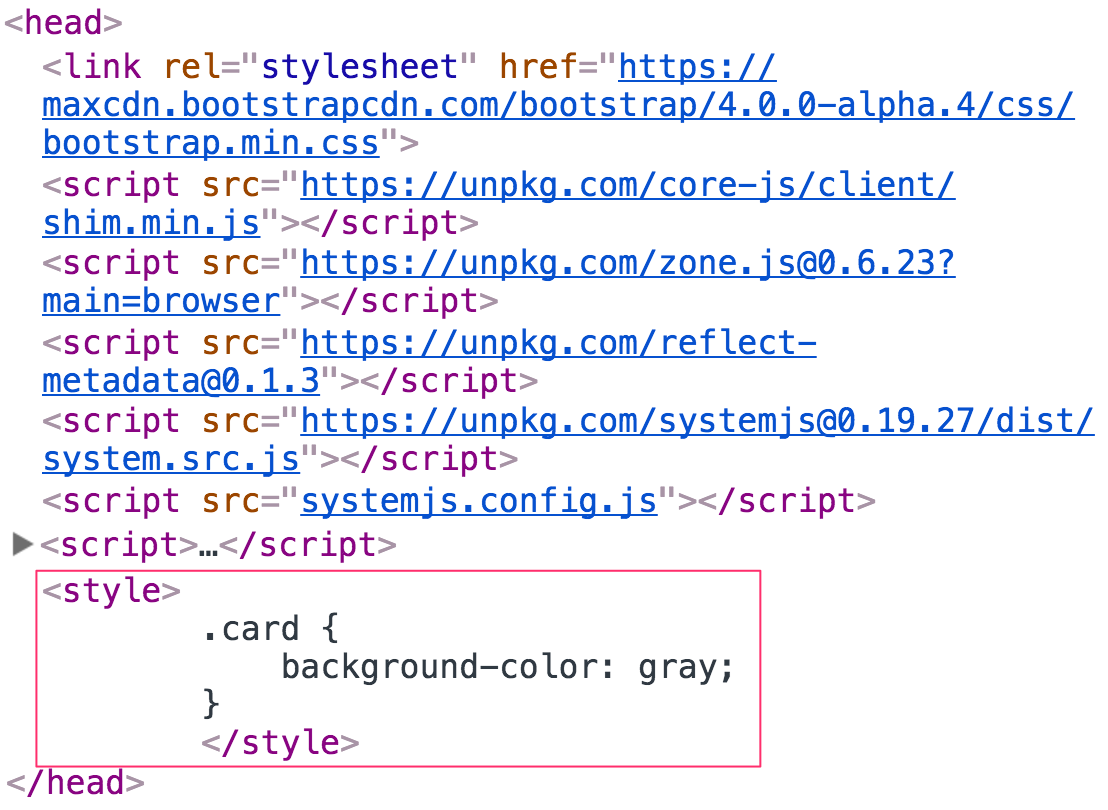GENERAL PURPOSE
jQuery is a fast, small, and feature-rich JavaScript library. Built by
John Resig.
Zepto is a minimalist JavaScript library for modern browsers with a largely jQuery-compatible API. If you use jQuery, you already know how to use Zepto.
Dojo is a free, open-source JavaScript toolkit for building high performance web applications. Project sponsors include IBM and SitePen.
Underscore.js is a JavaScript library that provides a whole mess of useful functional programming helpers without extending any built-in objects.
MV*
Very popular JavaScript client-side framework, built by
@jashkenas.
Built by
@wycats, jQuery and Ruby on Rails core developer.
Simplify dynamic JavaScript UIs by applying the Model-View-View Model (MVVM).
Built by Google, Angular.js is like a polyfill for the future of HTML.
One framework.Mobile & desktop. One way to build applications with Angular and reuse your code and abilities to build apps for any deployment target. For web, mobile web, native mobile and native desktop.
Cappuccino is an open-source framework that makes it easy to build desktop-caliber applications that run in a web browser.
JavaScriptMVC is an open-source framework containing the best ideas in jQuery development.
Meteor is an open-source platform for building top-quality web apps in a fraction of the time, whether you're an expert developer or just getting started.
Spice is a super minimal (< 3k) and flexible MVC framework for javascript. Spice was built to be easily added to any existent application and play well with other technologies such as jQuery, pjax, turbolinks, node or whatever else you are using.
Riot is an incredibly fast, powerful yet tiny client side (MV*) library for building large scale web applications. Despite the small size all the building blocks are there: a template engine, router, event library and a strict MVP pattern to keep things organized.
CanJS is a JavaScript framework that makes developing complex applications simple and fast. Easy-to-learn, small, and unassuming of your application structure, but with modern features like custom tags and 2-way binding.
LIBRARY
Built by Facebook. React is a JavaScript library for creating user interfaces by Facebook and Instagram. Many people choose to think of React as the V in MVC.
Is an MVVM library providing two-way data binding, HTML extended behaviour (through directives) and reactive components. By using native add-ons a developer can also have routing, AJAX, a Flux-like state management, form validation and more. Provides a helpful Chrome extension to inspect components built with Vue.
Handlebars provides the power necessary to let you build semantic templates effectively with no frustration.
Asynchronous templates for the browser and node.js.
ANIMATION
GSAP is the fastest full-featured scripted animation tool on the planet. It's even faster than CSS3 animations and transitions in many cases.
Velocity is an animation engine with the same API as jQuery's $.animate().
Bounce.js is a tool and JS library that lets you create beautiful CSS3 powered animations.
A simple but powerful JavaScript library for tweening and animating HTML5 and JavaScript properties.
Move.js is a small JavaScript library making CSS3 backed animation extremely simple and elegant.
SVG is an excellent way to create interactive, resolution-independent vector graphics that will look great on any size screen.
Rekapi is a library for making canvas and DOM animations with JavaScript, as well as CSS @keyframe animations for modern browsers.
Make use of your favicon with badges, images or videos.
Textillate.js combines some awesome libraries to provide a ease-to-use plugin for applying CSS3 animations to any text.
Motio is a small JavaScript library for simple but powerful sprite based animations and panning.
With Anima it's easy to animate over a hundred objects at a time. Each item can have it's mass and viscosity to emulate reallife objects!
 Asim
Asim 






















